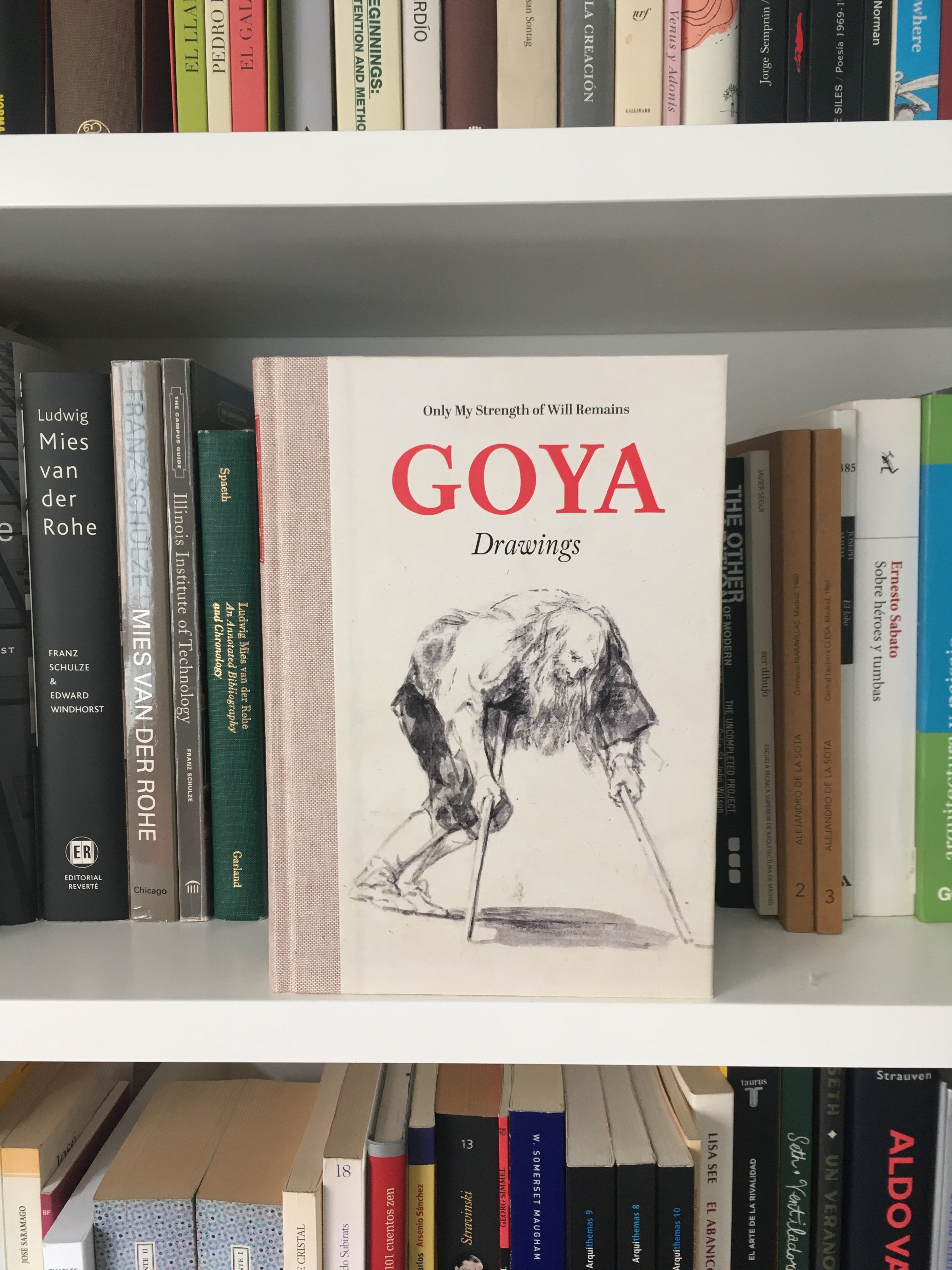Goya Drawings. Only my Strength of Will Remains

This compelling catalogue brings together all of Goya’s drawings included in the exhibition hosted at the Prado Museum between November 2019 and February 2020. Although these more than 300 drawings are just a small sample of Goya’s prolific work in this field, they serve to understand the artist in a new way and, at the same time, help us reflect on issues of intimacy and transcendence, which are usually relegated in our everyday life.
The exhibition’s title, Only my Strength of Will Remains, is a sentence used by the artist in a letter to his friend Joaquín María Ferrer reasserting his intention to edit a series of lithographs on bulls, a subject he was working on at the time. In Goya, the clarity in his artistic objectives is accompanied by a literary ability unusual in an artist. Drawings often carry a title, a small phrase that often changes their apparent original meaning. Manuela Mena and José Manuel Mantilla, responsible for this outstanding research, preface the book with an essay that contextualises Goya’s artistic evolution in the field of drawing and include a small interpretation of each image in the captions. Altogether, the book offers the necessary tools to unravel the artist and his time beyond the drawings, allowing us to delve into the rest of his work with new eyes.
The book is also a monumental thesis on Goya’s drawings, based on chronology and themes. Chronologically, the pillars are perfectly dated sketchbooks that serve to study the artist’s evolution not only technically but also thematically. Goya’s obsessions change and, at the same time, regain echoes of his own past, always modifying the prism with which he looks and thus enriching the conclusions on issues such as violence, childhood, old age, the role of women in society or evil in its multiple faces.
Throughout the drawings, we discover a profoundly modern artist who, at times, even seems contemporary. Ultimately, Goya brings together aspects that are common to any artist today: he is a man given to creativity in a completely independent way from those around him or those who hire him. Although he had clients from his beginnings and enjoyed great prestige in the court, he always maintained a freedom difficult to attribute to any other artist housed at the Prado.
It is impossible to convey the technical and theoretical work behind the exhibition and this catalogue, but the exquisite selection that the researchers have made will not escape the reader. Walking from one page to another, as if it were a poetry book, reflections feed back and—as one can only expect from good books—the reader who leaves these pages will no longer be the same who entered them.
See product in Bookshop
